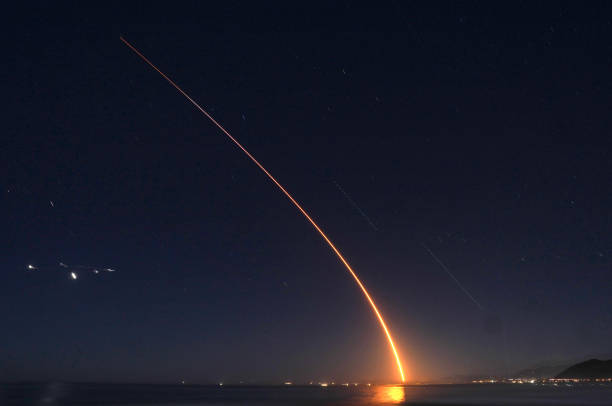SpaceX, the private aerospace manufacturer and space exploration company founded by Elon Musk, continues to push the boundaries of human space exploration. In a historic move, the company has begun launching private missions to the Moon, marking a significant step in the commercialization of space travel. These missions aim to open new opportunities for scientific research, technological innovation, and even potential space tourism.
The Dawn of Private Lunar Missions
SpaceX’s lunar missions are powered by its state-of-the-art Falcon Heavy rocket and Starship spacecraft. These vehicles are designed to carry large payloads and crew members into deep space, including lunar orbit and, eventually, the Moon’s surface. Unlike traditional government-sponsored lunar missions, SpaceX’s private ventures are funded by commercial contracts and partnerships with private individuals, companies, and international organizations.
The idea of private Moon missions is no longer a distant dream. With the development of reusable rocket technology, SpaceX has significantly reduced the cost of space travel. This breakthrough has made it possible for private entities to consider lunar missions that were once exclusive to national space agencies like NASA or Roscosmos.
Scientific and Commercial Goals
These private lunar missions aim to achieve various scientific and commercial objectives. One of the primary goals is to deploy advanced instruments on the Moon’s surface to conduct experiments in astronomy, geology, and biology. By studying lunar resources, scientists hope to gain insights into the Moon’s formation and explore the feasibility of using its materials for future space operations, such as building lunar bases or creating fuel for deep-space exploration.
Commercially, these missions provide a platform for companies to test technologies and products in a challenging extraterrestrial environment. For instance, advanced robotics, communication systems, and sustainable energy solutions are being tested as part of these lunar endeavors. Additionally, SpaceX’s initiatives may pave the way for lunar tourism, allowing private individuals to experience the thrill of traveling to the Moon.
Partnerships and Future Plans
SpaceX is collaborating with various organizations, including NASA, for its lunar missions. NASA’s Artemis program, which aims to return humans to the Moon by the mid-2020s, includes contracts with SpaceX to develop lunar landers and other critical technologies. Private clients have also booked rides to the Moon for research and exploration purposes, reflecting growing interest in commercial space travel.
Looking ahead, SpaceX plans to continue innovating and expanding its capabilities. The ultimate goal is to make space accessible to a broader audience, transforming humanity into a multiplanetary species. These private Moon missions serve as a crucial stepping stone toward this ambitious vision, demonstrating that the future of space exploration may lie in the hands of private industry.
As SpaceX continues to lead the charge in space innovation, its private Moon missions highlight the potential for collaboration between public and private sectors. This bold leap forward not only advances science and technology but also inspires a new generation to dream of the stars.




















